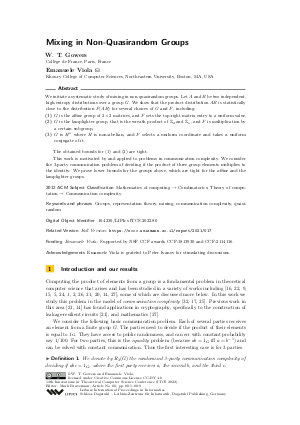LIPIcs.ITCS.2022.80.pdf
- Filesize: 0.53 MB
- 9 pages

 Creative Commons Attribution 4.0 International license
Creative Commons Attribution 4.0 International license


























Feedback for Dagstuhl Publishing